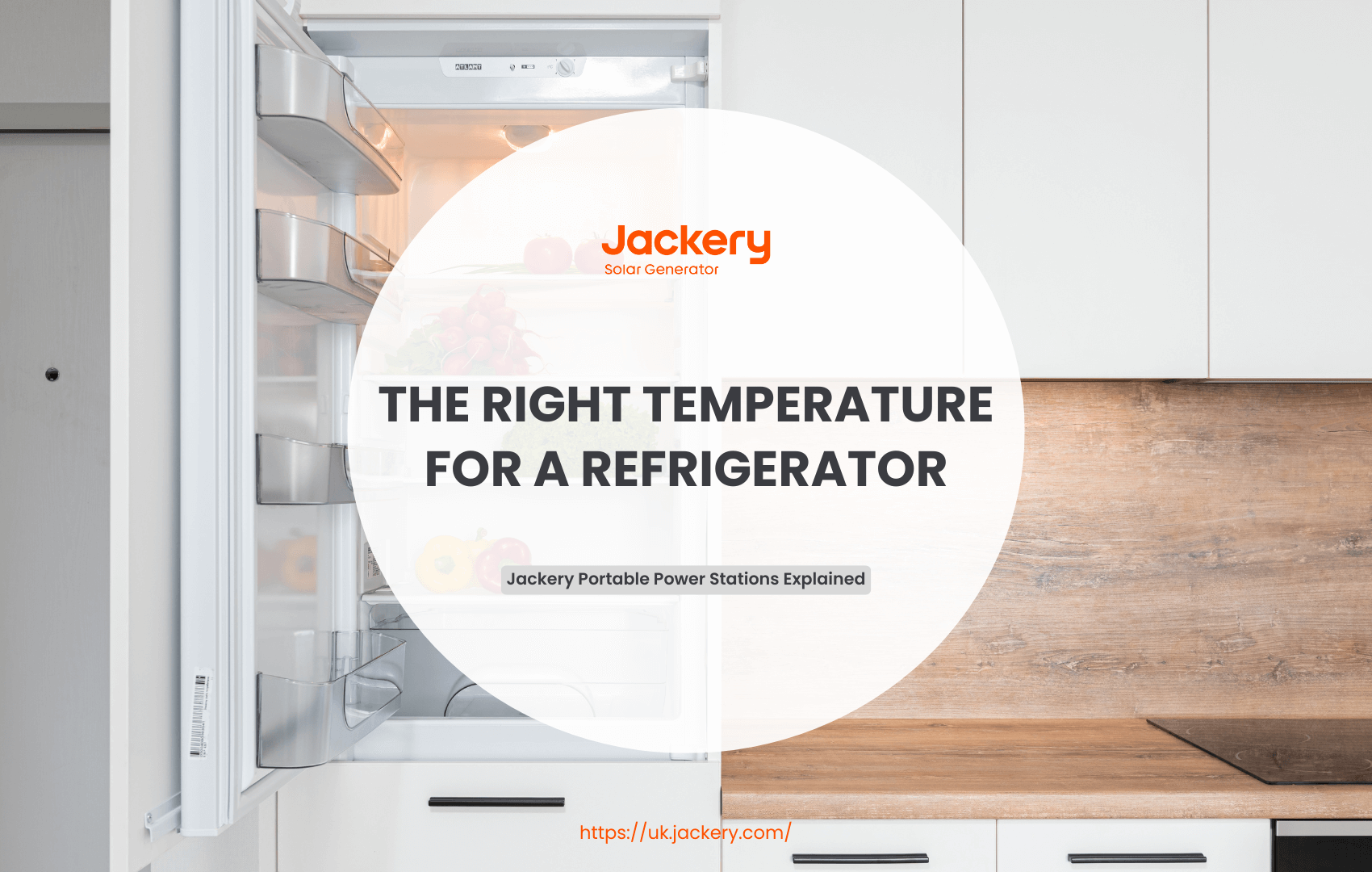The Scottish Power Feed-in Tariff (FiT) program began in 2010 to encourage householders to utilise renewable energy sources, including solar panels, wind turbines, and hydro systems. The program ceased accepting new applications in 2019; however, those who were previously registered continue to receive guaranteed payments for the energy they generate and sell.
This guide explains how the FiT works, how much money users can earn, and what other options are available today, such as the Smart Export Guarantee (SEG). If you're already in the FiT program or considering other energy sources, understanding how it works and its environmental impact may help you make more informed, environmentally friendly energy choices.
|
Key Takeaways: |
|
What Is a Feed-in Tariff?
The feed-in tariff (FIT) plan provided cash rewards to homes that generated their own power using renewable technology such as solar PV panels or wind turbines. The program ended with new applications at the end of March 2019. If you currently receive FIT payments, you will not be affected by this change.
The payments are guaranteed by the government and funded by a charge on everyone's energy bills. If you want to install solar panels right now, learn more about the Smart Export Guarantee for Solar Panels. Feed-in tariff payments consist of two elements:
Generation Tariff: A payment for the entire quantity of power generated, computed per unit.
Export Tariff: A payment for the units of power you export to the National Grid, which is often believed to be 50% of the quantity you produce if you do not have an export meter.
They last up to 20 years (25 years if you joined up before August 2012) and are typically paid quarterly. They're tax-free.
Feed-in tariffs apply exclusively to renewable energy sources. Solar water heating, ground-source heat pumps, air-source heat pumps, and wood heating systems are all heat-generating technologies.
Feed-in Tariff Rates and Earnings
If you already get the feed-in tariff, the amount you earn depends on:
The FIT prices you signed up for
The technology you installed
How much power does your system generate
How much electricity do you utilise
Others who joined the feed-in tariff when it initially debuted in 2010 received a substantially higher rate than those who signed up soon after the system ended.
Every fiscal year, rates are adjusted to reflect the RPI (Retail Price Index) inflation.

(Data Source: Ofgem)
Scottish Power Feed-in Tariff
ScottishPower, based in Glasgow, was founded in 1990 and became one of the "big six" energy companies when the UK energy market was opened up to competition. Since then, it has retained its position as one of the UK's largest energy providers, thanks in part to taking on the customers of failing companies as the energy market crisis unfolded. As of the end of 2024, it served 8.2% of UK electricity consumers and 7.2% of UK gas users.
The Scottish Feed-in Tariff (FIT) was introduced on April 1 2010. The plan is an environmental initiative designed to encourage the adoption of a variety of small-scale low-carbon energy production technologies (such as solar panels, wind turbines, hydro systems, and other renewable technology types). It pays set rates on power produced and exported to the National Grid. This energy is immediately fed into the customer's standard power supply, and the FIT plan pays a fixed sum for each unit produced.
The FIT Licensees establish the FIT system policies and tariff rates, and Ofgem operates the system, which is overseen by the Department for Energy Security and Net Zero.
ScottishPower is a mandatory FIT licensee.
If You Are Already Registered With The Fit Scheme And ScottishPower Is Your Fit Licensee
Every year, on March 31, feed-in tariff rates are adjusted to reflect changes in the Retail Price Index (RPI). Regardless of whether your last measurement was taken fewer than 90 days before this date, we offer the option to submit a meter reading on or around this date to enhance the accuracy of your FIT payment. If you wish to do so, please submit your reading using the online meter read facility accessible on the FIT home page.
Submit Meter Readings
Please report your generation (and, if applicable, export) meter readings every 90 days. You will not be prompted for this.
You may submit your readings on the ScottishPower feed-in tariff website.
Alternatively, you may use our automated telephone system by dialling 0800 001 5156 and choosing option 1.
If you get an error message or have any problems when utilising any of these methods, please send an email to FITReads@scottishpower.com with an image of your generation meter and export/SMART meter (clearly displaying the meter serial number and reading). Please remember to include your FIT Identification number in your email. If you don't know it, please provide your entire installation address and postcode instead.
Changing Your Current Fit Licensee To Scottishpower (Switching)
If the installation is already
enrolled in the FIT Scheme (you have a FIT ID number) and would want to
To switch your installation to ScottishPower, please download the forms on this page: https://www.scottishpower.co.uk/energy-efficiency/energy-efficiency-toolkit/feed-in-tariff
Please complete the forms and submit them to FITSwitch@scottishPower.com, along with the required additional paperwork.

How Does FIT Work?
The FIT Scheme enables users to create their own power, which ScottishPower (the FIT Licensee) will pay for. Payments are paid for the power produced by the microgeneration unit. You will also be able to utilise the produced power in your house, allowing you to save money on your energy bills. Any excess power produced may be sent to the local grid, for which we can also compensate you.
How Do They Determine My Payments?
An approved installation receives a tariff rate depending on a variety of parameters, including, but not limited to:
The technology type
The total installed capacity (TIC)
The installation's placement in deployment caps
If you have a solar installation, are you considered a multi-site generator?
If the installation is solar, the generator is classified as a multi-site generator.
If the installation is solar and fulfils the Energy Efficiency Requirement (EER).
Generators may be eligible for consideration for export payments for installations with a capacity of 30 kilowatts or less if an export meter is not installed. This occurs when the export is calculated as a percentage of the generation meter reading, rather than using an export meter measurement. Each year, the Secretary of State for the Department of Energy Security and Net Zero determines the amount of generation that is considered exported.
How Much Can I Earn From Feed-in Tariffs?
According to estimates from the Energy Saving Trust, the typical household may earn £150 annually under the FIT plan, plus the benefit of reduced power costs. This is based on a mix of money for surplus energy exported back to the National Grid (typically estimated at 50% of the total) and a fixed sum for each unit of power generated.
Rates are set and based on the technology you installed and when; there is no such thing as the best UK feed-in tariff provider. The energy market regulator Ofgem has further information regarding feed-in tariff rates for 2020.
Your export revenue will be determined by the actual amount of power you transmit to the National Grid, not an estimate, if you have a smart energy meter. In any case, your earning potential is limited. These, often referred to as deployment limits, limit how many FIT payments you are eligible to earn within a particular tariff term.
How Long Do Feed-in Tariffs Last?
FIT payments are typically made for 20 years, but may last up to 25 years in rare situations. FIT rates vary depending on the technology used and the date of installation. They also differ annually in accordance with inflation, as calculated by the Retail Prices Index. For further information, refer to Ofgem's table of FIT rates for 2024.
Can I Sell My Feed-in Tariff?
If you are a member of the FIT system and sell your house, your feed-in tariff will generally be transferred to the new owner. Therefore, you must inform your energy provider of the change in ownership. You can also maintain your feed-in tariff if you sell your house and take your solar FIT system with you. Verify your contract to ensure that it is feasible.
What Kind of Technology is Eligible for the Feed-in Tariff?
Only some types of power production are eligible for FiT. They are:
Solar power is the most prevalent way under the system.
Wind power
Hydro
Anaerobic digestion (bacteria break down plant and animal material to make methane, which is then utilised to generate energy)
Micro Combined Heat and Power (CHP) generates both heat and electricity from a single process.
Can I Change Energy Providers without Losing Feed-in Tariffs?
Yes, you may move energy suppliers while still receiving a Feed-in Tariff without losing your payments or having your payment rate modified. You may change your home energy supplier to one that does not participate in the Feed-in Tariff program while maintaining your FiT with your current provider.
Which Energy Suppliers Can I Switch to with the Feed-in Tariff Scheme?
Any energy provider licensed under the Feed-In Tariff is available for you to switch to.
Two primary categories of authorised FiT suppliers exist:
Mandatory: All energy providers with more than 250,000 clients are required to participate in the Feed-in Tariff program.
Voluntary: The program is open to any energy provider with fewer than 250,000 clients. Typically, they are small energy providers that prioritise green energy in their business strategy.
It's essential to note that your Feed-in Tariff payment rate will not change if you switch energy suppliers. Since the government sets these rates, switching energy suppliers won't affect your price.
Tips for Making the Most of Your Feed-in Tariff
To optimise your savings and revenues from the Scottish Power feed-in tariff, consider some of these methods recommended by Which? Members who have solar PV and are eligible for it:
If you don't have a smart meter, your energy provider will often assume that you don't utilise half of the power you create and feed it into the system. So if you utilise more than 50%, you benefit.
It makes sense to consume as much of your free-generated power as possible. Suppose you have a gadget in your house that displays your power production in real-time. In that case, you can schedule your electricity consumption to coincide with when the most electricity is generated.
Set the time delay on appliances that use a lot of power (such as the dishwasher, tumble dryer, and washing machine) so that they turn on progressively throughout the day when your system generates electricity, rather than all at once.
You can connect appliances such as refrigerators, lights, computers, and Wi-Fi routers to a power station or generator, like the Jackery Portable Power Station. By running these items off the battery instead of the wall outlet during high-rate times, you reduce the usage recorded by your utility meter.
A Jackery Portable Power Station, especially when paired with Jackery Solar Panels (creating a Jackery Solar Generator), can help you save on electric bills primarily through a strategy called Time-of-Use (TOU) arbitrage and by reducing grid reliance.

What Are the Feed-in Tariff Rates in 2025?
Every year, Ofgem raises its Feed-in Tariff rates in accordance with inflation and publishes them on its website. We utilised the rates announced in April 2025 to show how Feed-in Tariff rates have fallen over time (focusing on systems with a capacity of 4kW, linked to inhabited buildings before installation, and fulfilling the 'higher' Energy Efficiency Requirement rating).
For example, a family that built a solar panel system between April 2010 and April 2011 will be paid 74.37p per kWh. In comparison, a house with a system installed between April 2018 and March 2019 would only earn 5.65p per kWh produced between April 2025 and March 2026.
You'll also see that for households that signed up in April 2016 and after, the generation rate between April 2025 and March 2026 is less than the export rate.
Can You Still Get the Feed-in Tariff?
The FiT program ended on March 31, 2019, for accepting applications; therefore, new installations are unable to participate. However, anybody who signed up before the deadline will continue to receive FiT payments until the conclusion of their term. The Smart Export Guarantee, which replaces the FiT, is accessible to all renewable generators and provides improved export tariffs.
Do Past Applicants Still Get Feed-in Tariff Payments?
If you signed up before the application deadline in March 2019, you will continue to receive FiT payments for the life of your contract. FiT participants will continue to receive payments until 2039, when the last 20-year contracts (issued in 2019) expire.
You may also move from your FiT export rate to a Smart Export Guarantee export tariff, earning hundreds of pounds more per year while retaining your FiT generating tariff. More about it below.
Ofgem has adjusted current beneficiaries' export and generation rates in accordance with the Retail Price Index each year since the FiT started, and it will continue to do so. For example, in April 2015, a household joined up for FiT and got a generation rate of 13.39p per kWh. By 2023, the rate had risen to 18.72p per kWh. In 2024, the cost rose to 19.7p per kWh, and in 2025, it reached 20.38p per kWh.
A home with a 4kWp system that produces 3,400kWh per year would earn £238 more per year in 2025 than it did when the solar panels were initially installed in 2015, reflecting the rate of inflation since then.
Why Did the Feed-in Tariff End?
The FiT ceased because it had finally accomplished its purpose: to stimulate development in home renewable energy installations in the United Kingdom. The worldwide cost of solar energy has also dropped significantly since the start of the FiT in 2010. It cost $2.15 per watt in 2010, but by 2019, it had fallen 81% to $0.40 per watt. Solar energy has become substantially less expensive, reducing the need for government financial incentives.

Jackery Portable Power Stations for Saving Your Electric Bills
A Jackery Portable Power Station, when combined with a solar PV system, provides an excellent way to navigate the economics of a Feed-in Tariff (FIT). The key benefit is maximising your "self-consumption" and reducing your reliance on the grid, which becomes crucial when FIT rates are significantly lower than the price you pay to buy electricity.
If you generate solar energy during the day but don't use it, it gets exported for a low FIT payment. When the sun goes down, you have to repurchase power from the grid at a high retail rate.
Instead of exporting your excess power for a small credit, you can charge your Jackery Portable Power Station (often using Jackery Solar Panels or by plugging it into an outlet powered by your solar energy). This effectively stores the power for later use, dramatically increasing your self-consumption.
Jackery Explorer 3000 v2 Portable Power Station
The Jackery Explorer 3000 v2 can help you save on electric bills through two main strategies: Time-of-Use (TOU) arbitrage and maximising solar energy consumption.

Time-of-Use (TOU) Arbitrage: Many utility companies employ a Time-of-Use pricing structure, where the cost of electricity fluctuates throughout the day, typically being highest during "peak" hours (e.g., late afternoon/evening) and lowest during "off-peak" hours (e.g., overnight). You can use the unit's Charging Plan feature via the smart app to schedule the power station to charge from the wall outlet only during the cheapest, off-peak hours (e.g., 10 pm to 6 am).
You can then power your high-draw appliances or essential devices (like refrigerators, fans, or lights) using the battery during the expensive peak hours, effectively avoiding the high electricity rates. By shifting your power consumption from the grid's peak rates to the battery's stored power (charged at off-peak rates), you reduce your overall cost for the electricity you use.
Maximising Solar Energy Consumption: When paired with Jackery SolarSaga 200W solar panels (sold separately), the Explorer 3000 v2 functions as a solar generator. The unit has a mode that prioritises using solar energy to supply your home or charge the power station first, reducing your reliance on expensive grid electricity.
By capturing free energy from the sun with the solar panels, you offset the amount of electricity you have to purchase from the utility company. This is free energy once the initial cost of the generator and panels is recovered.
High Capacity and Output for Home Backup: With a large 3,072Wh capacity and 3,600W continuous output, the power station can run essential high-wattage appliances (like a refrigerator, lights, and Wi-Fi router) for an extended period. This capability is crucial for running your home on cheaper, stored energy during peak times or relying entirely on solar power, which directly lowers your utility consumption.
Jackery Explorer 2000 Plus Portable Power Station
The Jackery Explorer 2000 Plus, particularly when used as part of a Jackery Solar Generator 2000 Plus setup with compatible solar panels, can help reduce your electricity bills primarily through a process called solar energy shifting, also known as peak shaving.
The core strategy for saving money involves charging the power station for free with solar energy during the day and then using that stored, free electricity to select household appliances and electronics later, thereby reducing the amount of power you purchase from the utility grid.

Solar Charging Capability (with Solar Panels): The most significant saving feature is the ability to recharge the power station using compatible Jackery SolarSaga solar panels, converting sunlight into free electricity. This directly offsets the need for grid power. Jackery solar panels often feature high conversion efficiency (up to 25%), meaning they can charge the power station relatively quickly and efficiently, maximising the amount of free power captured.
Charging during Off-Peak: If your utility company uses Time-of-Use billing (where electricity is cheaper during certain "off-peak" hours, typically at night or midday), you can charge the Explorer 2000 Plus using the grid when rates are low. You can then use the stored, cheaper battery power to run high-usage appliances (like a refrigerator or fan) during expensive "peak" hours (often weekday evenings).
Reduced Grid Reliance: The unit's 2042.8 Wh (or 2 kWh) base capacity (expandable up to 12 kWh with additional battery packs) enables you to power everyday appliances, such as refrigerators, lights, Wi-Fi routers, laptops, and fans. By running these from the stored solar or off-peak power, you lower your consumption from the utility grid.
LiFePO4 Battery: The unit uses a durable Lithium Iron Phosphate (LiFePO4) battery, which is rated for a long lifecycle (e.g., 4000 cycles to 70%+ capacity). This longevity means the cost-saving benefits of the unit can be realised over many years, improving the overall return on investment.
FAQs
The following are the frequently asked questions about the Scottish Power feed-in tariff:
1. Does ScottishPower have a Feed-in Tariff?
Customers may make their own power under the FIT Scheme, and ScottishPower (FIT Licensee) will pay them for it. People pay for the power generated by the microgeneration gadget.
2. What is the current Feed-in Tariff rate?
On April 1 2019, the UK's Feed-in Tariff (FIT) program ceased accepting new applications. However, those already in the program may continue to receive payments throughout the length of their contracts, which is typically 20 years. The rates for those currently receiving FIT payments change annually, depending on the Retail Price Index (RPI).
The export duty was hiked by 5.15% in April 2024. The prices for solar PV installations depend on the system's size and whether it meets energy efficiency standards. For instance, retrofit systems up to 4kW receive 13.39 p per kWh, whereas systems between 150kW and 250kW receive 9.54 p per kWh.
3. How do I contact the ScottishPower Feed-in Tariff Team?
Please ensure that you answer all the questions so that we can register you as the new owner of a Feed-in Tariff installation. Call us at 0800 001 5156 for support. There are two aspects to FIT payments.
4. How much does ScottishPower pay for SEG?
ScottishPower's SmartGen tariffs enable customers with ScottishPower-installed solar panels to receive 15p per kWh for every unit of electricity they generate and send back to the grid. Before, it was 5.5p. Those using third-party panels may get a rate of 12p per kWh, which is more than twice as high.
5. How do I get a Feed-in Tariff?
The feed-in tariffs (FIT) program is a government program that pays you for the energy you produce and send to the National Grid. The FIT program ceased accepting new applications as of April 1, 2019. In January 2020, it was replaced by the Smart Export Guarantee (SEG) scheme.
Final Thoughts
The Scottish Power Feed-in Tariff is no longer open to new applicants, although it continues to provide reasonable returns to those who are already registered. Participants receive government-backed rates that are adjusted for inflation, ensuring they enjoy long-term benefits for their investment and the environment. The Smart Export Guarantee is a good option for new customers, as its rates are becoming increasingly competitive. It's essential to understand your alternatives, whether you're managing a current FiT system or planning to invest in energy in the future.



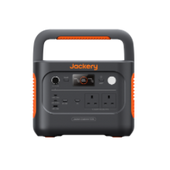

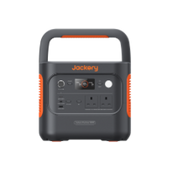

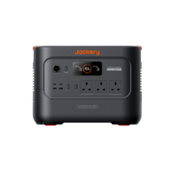
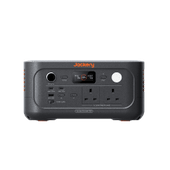
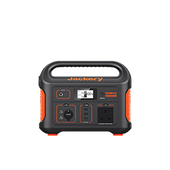

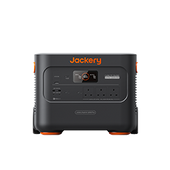
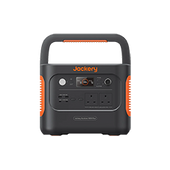

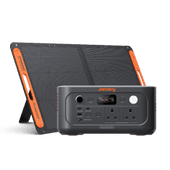
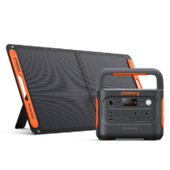
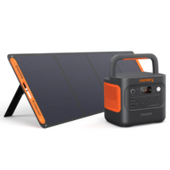
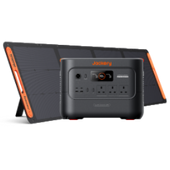
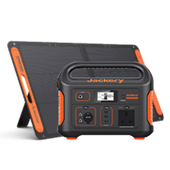
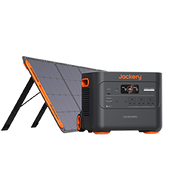
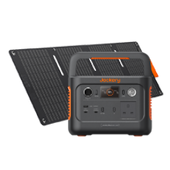
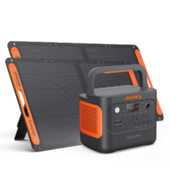

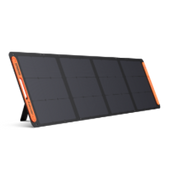
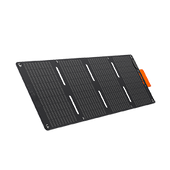
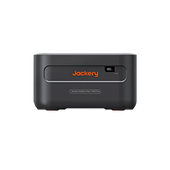
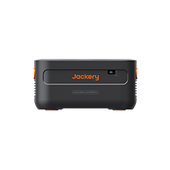
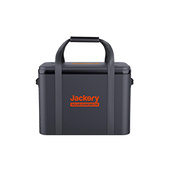
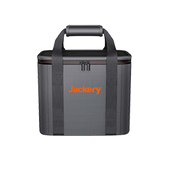
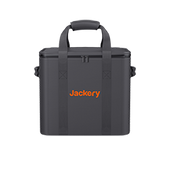



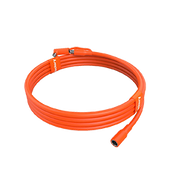
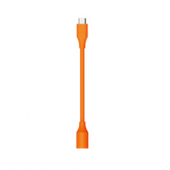
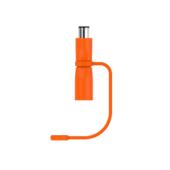



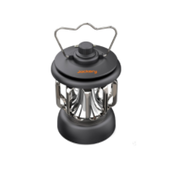
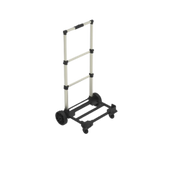












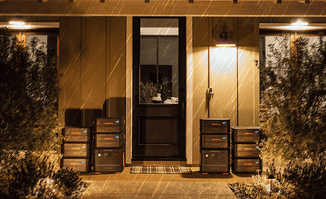










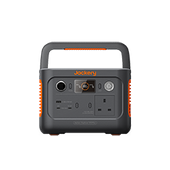
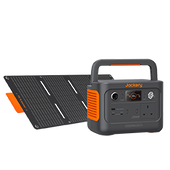








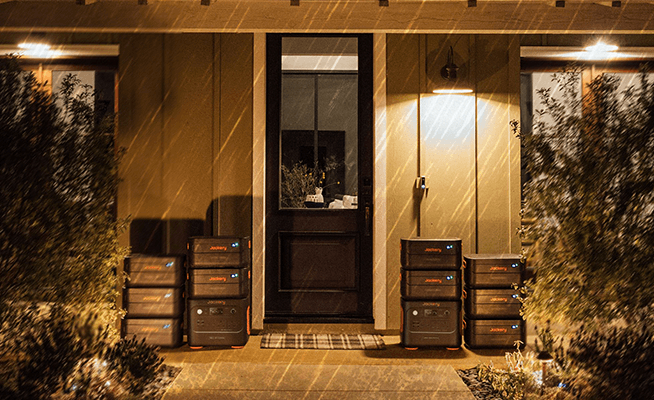








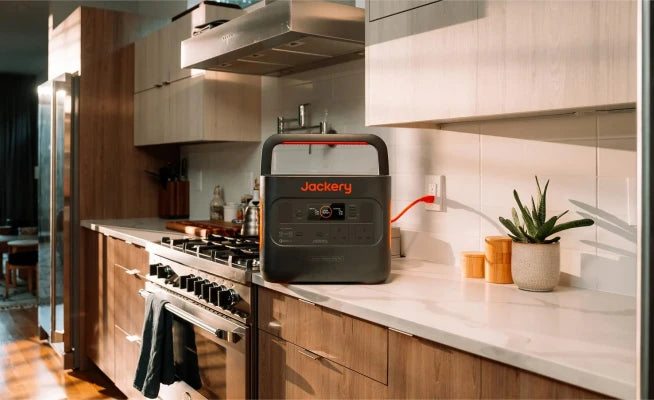







![Scottish Power Feed-in Tariff [2025 Update]](http://uk.jackery.com/cdn/shop/articles/scottish_power_feed-in_tariff.png?v=1760930790)






